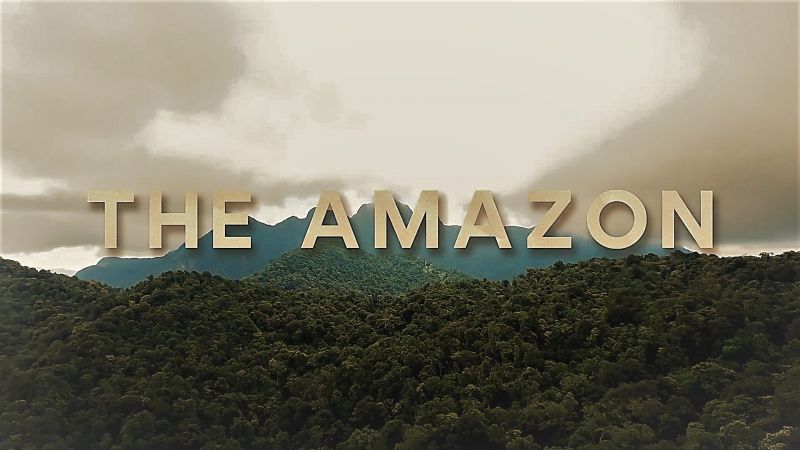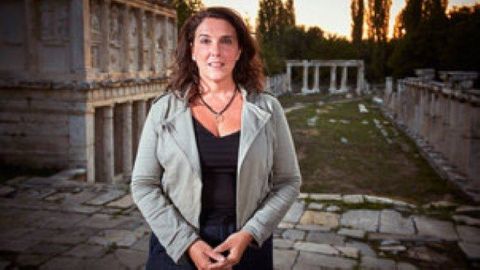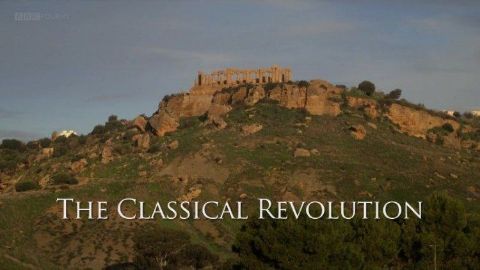You might also like
Deep in the Bolivian Andes at the height of 13,000ft stands Tiwanaku, the awe-inspiring ruins of a monolithic temple city. Built by a civilisation who dominated a vast swathe of South America, it was abandoned 1,000 years ago. For centuries it has been a mystery - how did a civilisation flourish at such an altitude and why did it vanish? Jago Cooper journeys through Bolivia's spectacular landscape to investigate the origins of Tiwanaku and finds evidence of an ancient people with amazing understanding of their environment, whose religion was based on collective effort and ritual beer drinking.
S1E2 • Lost Kingdoms of South America • 2013 • History
The Amazon rainforest is one of the enduring mysteries of the natural world - and no wonder, it is as big as the whole continental US! It’s home to over 2 million Indigenous peoples, and a massive 10…
S1E7 • History By The Numbers • 2021 • History
Bettany Hughes explores the day in 80AD when the Colosseum opened its gates for the first time. For new emperor Titus, the spectacular games and events were an opportunity to win over the people and secure his place on the imperial throne, but why did the Romans - cultured and civilised in so many ways - enjoy witnessing such brutality and bloodletting? Bettany travels across the Roman world in a bid to find answers.
S1E7 • Eight Days That Made Rome • 2017 • History
Alastair unpicks the reasons behind the dazzling revolution that gave birth to classical Greek art, asking how the Greeks got so good so quickly. He travels to the beautiful Valley of the Temples in Agrigento, and to the island of Mozia to see the astonishing charioteer found there in 1979, and marvels at the athletic bodies of the warriors dragged from the seabed - the Riace Bronzes. It was a creative explosion that covered architecture, sculpting in marble, casting in bronze, even painting on vases. Perhaps the most powerful factor was also its greatest legacy - a fascination with the naked human body.
S1E2 • Treasures of Ancient Greece • 2015 • History
As the war fails, the inner circle responds with strategies to save itself, from plotting the Fuhrer's assassination to negotiating with the allies.
9/10 • Hitler's Circle of Evil • 2017 • History
In April 1944, two Jewish prisoners miraculously escaped from Auschwitz. When they recounted what they had left behind, their harrowing testimony revealed the true horror of the Holocaust to the outside world for the first time. They described in forensic detail the gas chambers and the full extent of the extermination programme. The news they brought presented the Allies with one of the greatest moral questions of the 20th century: Should we bomb Auschwitz? While the Allies deliberated in London and Washington, the killing machine ground on in southern Poland. One month after the men’s escape, almost 800,000 Hungarian Jews had been rounded up awaiting transport to Auschwitz. By early July 1944, the majority had been transported. Most of them were murdered on arrival. As the killing at Auschwitz reached its frenzied climax, the outcome of the Second World War hung in the balance. Millions of troops were fighting on both fronts and battling for supremacy in the air. Should the Allies use their resources to push on and win the war or to stop the industrial slaughter at Auschwitz? The request to bomb the camp, with 30,000 captive prisoners, was remarkable and came from a place of utter desperation. But it was a direct response to the destruction of an entire people. There were operational challenges - was it possible to reach the camp to bomb it? How many heavy bombers would it take? What would the Nazi propaganda machine say about such an attack? - as well as complex moral ones. How many prisoners would likely die in such a raid? Can you kill friendly civilians in order to save the lives of those being transported towards the death camp? These were the hard questions faced by Churchill, Allied Air Command and the Jewish Agency.
2019 • History





